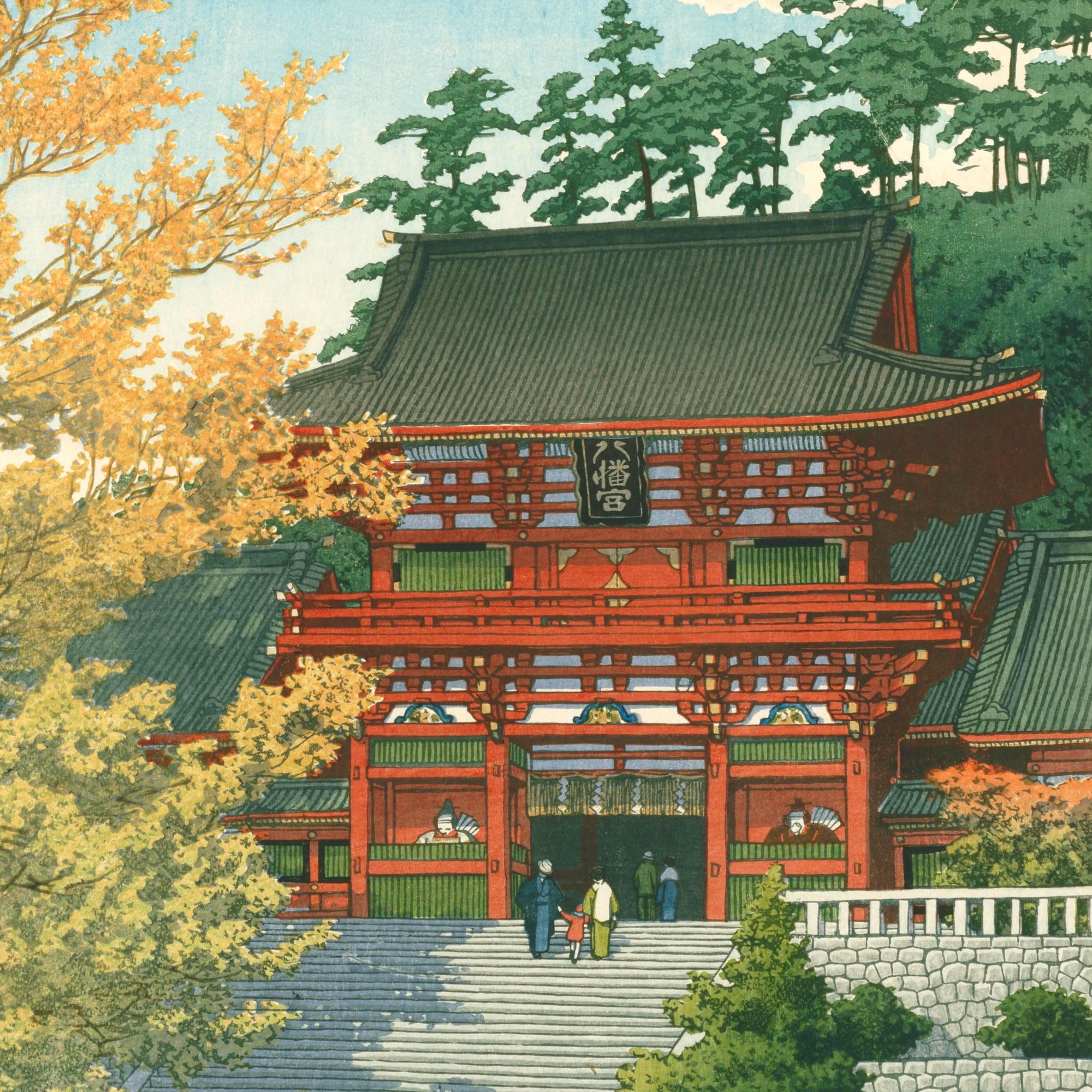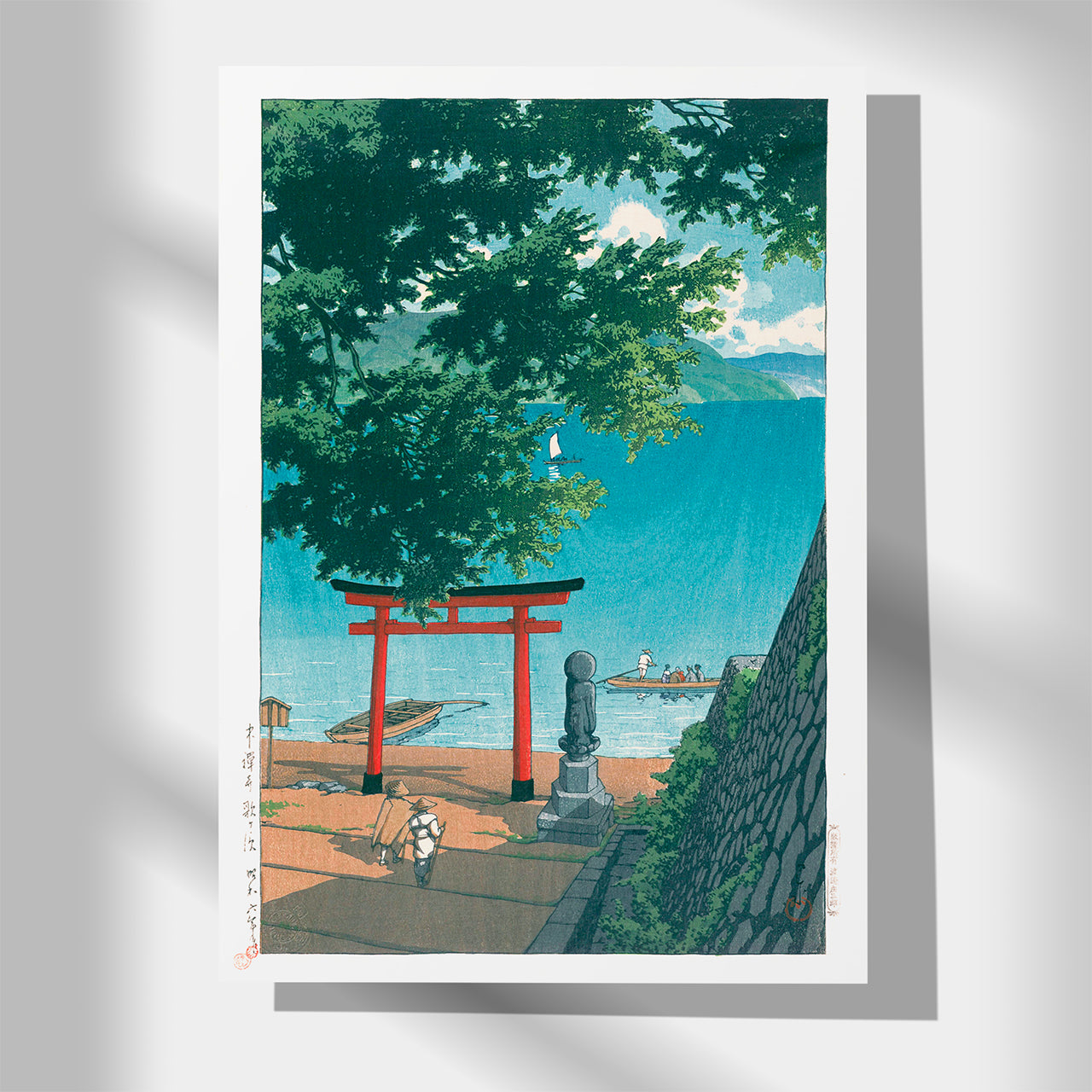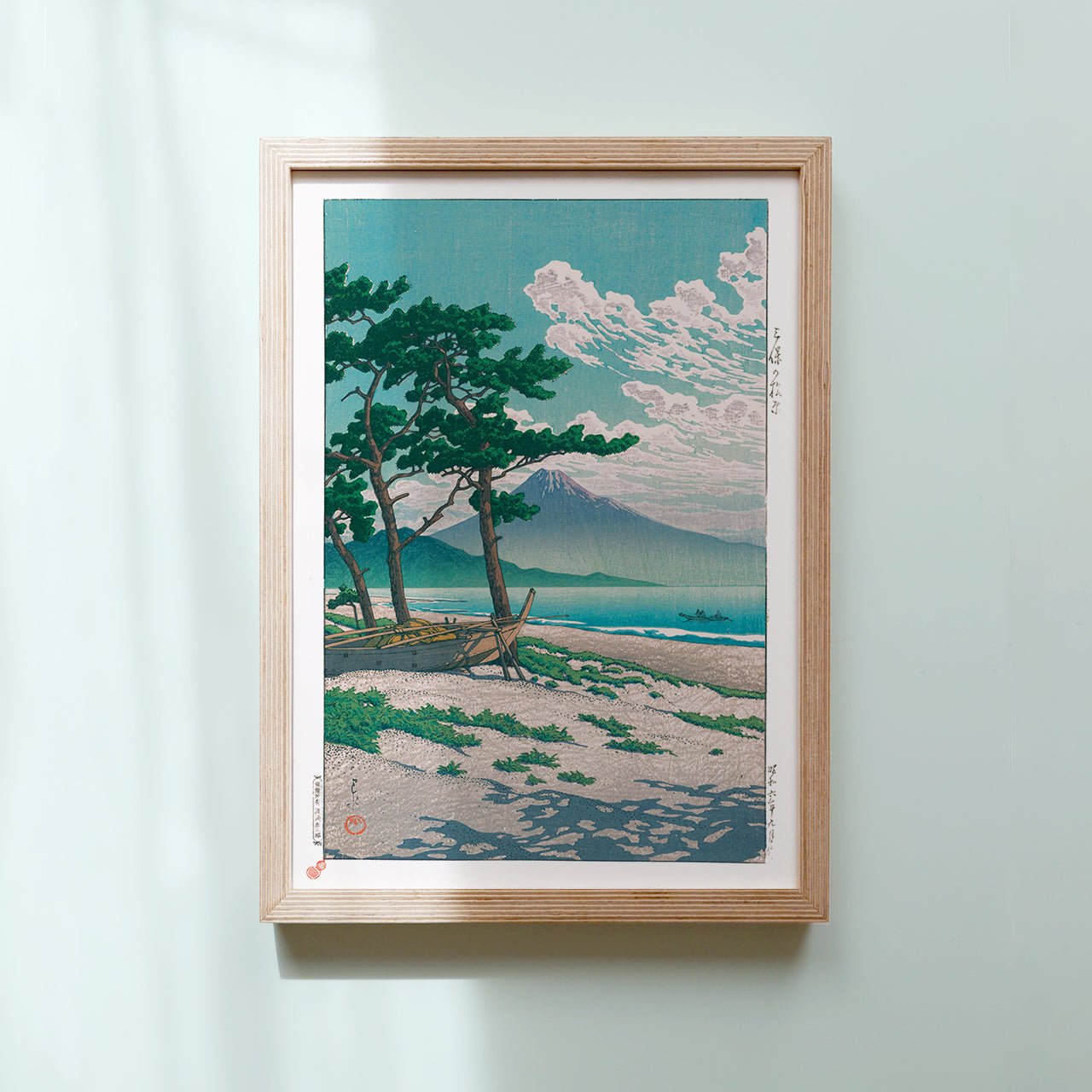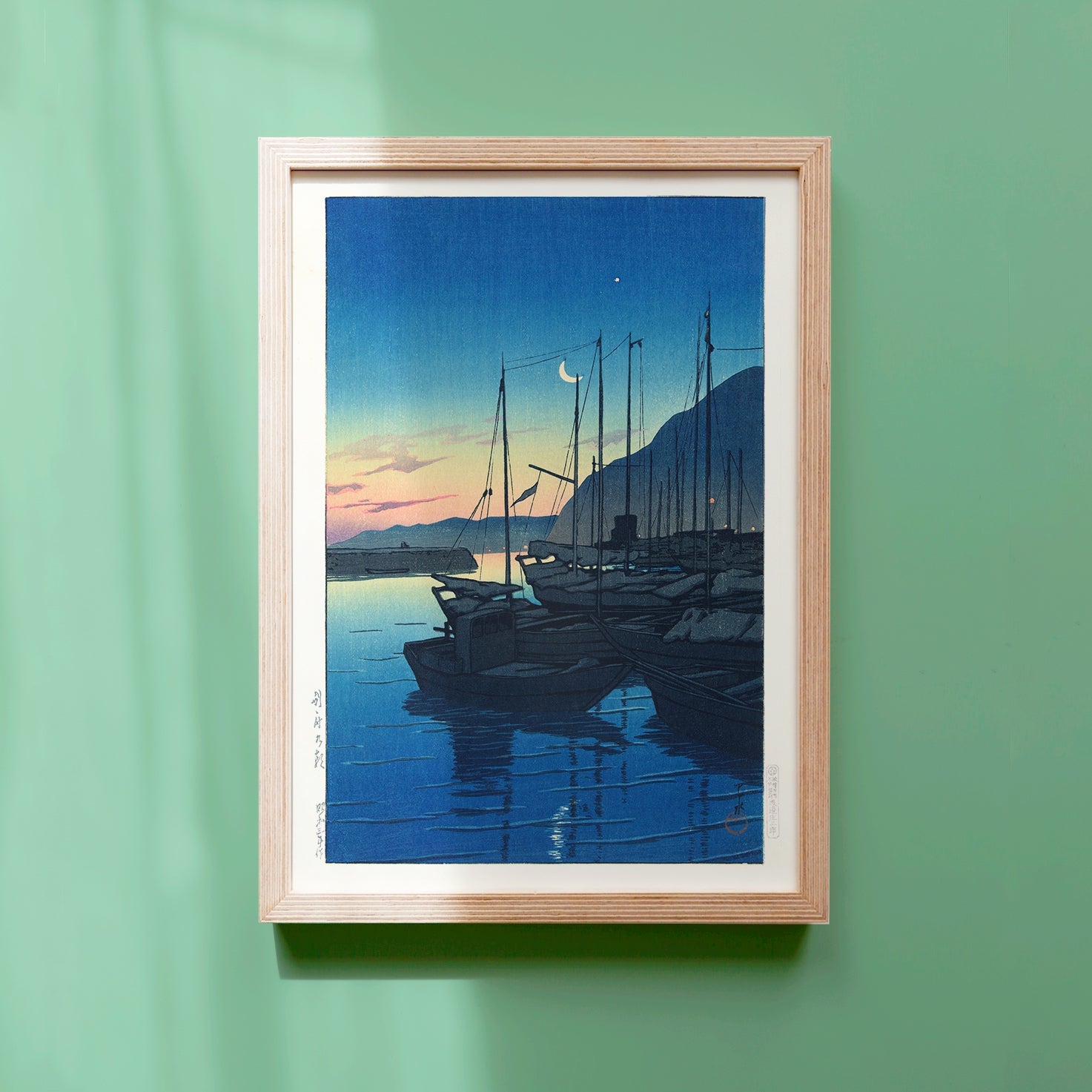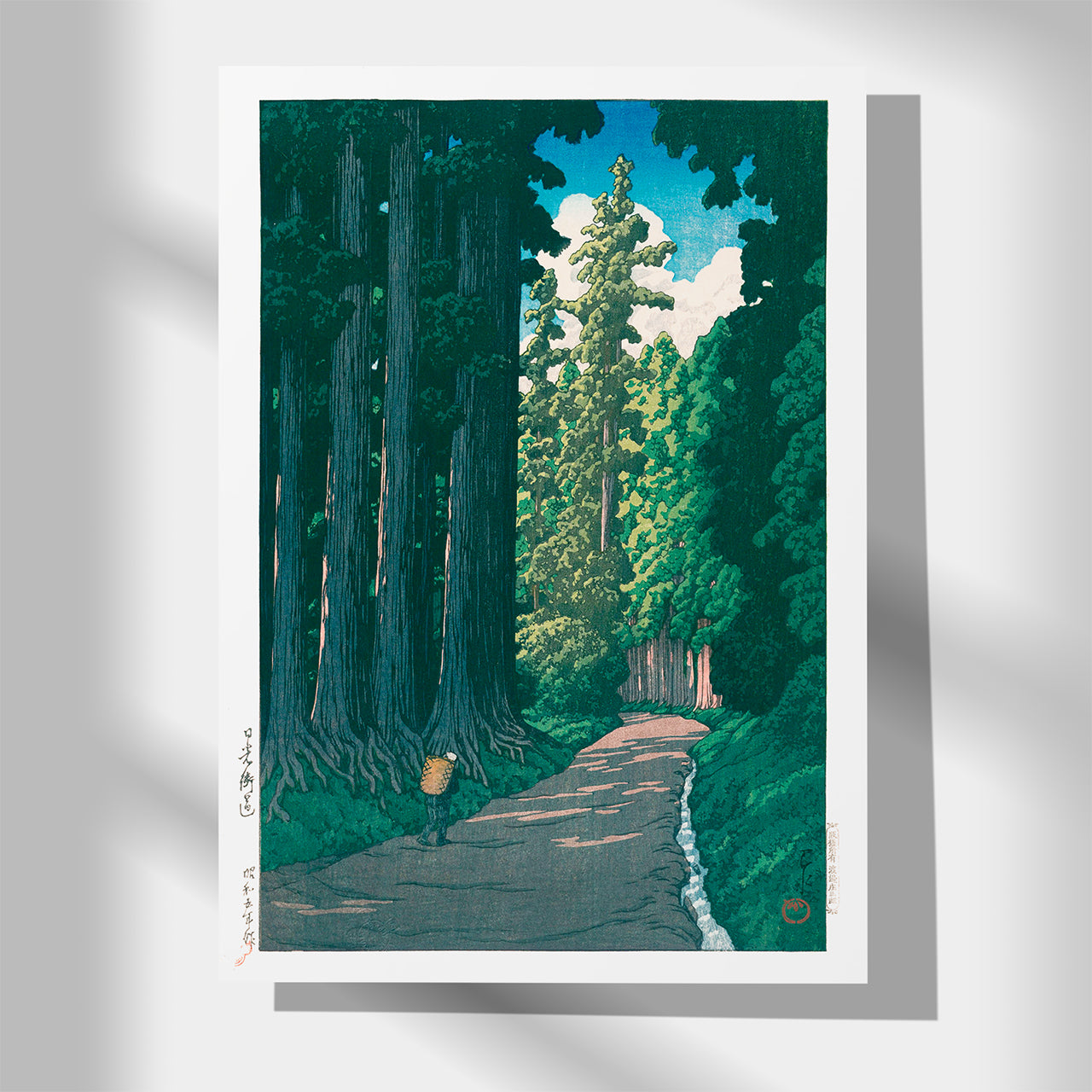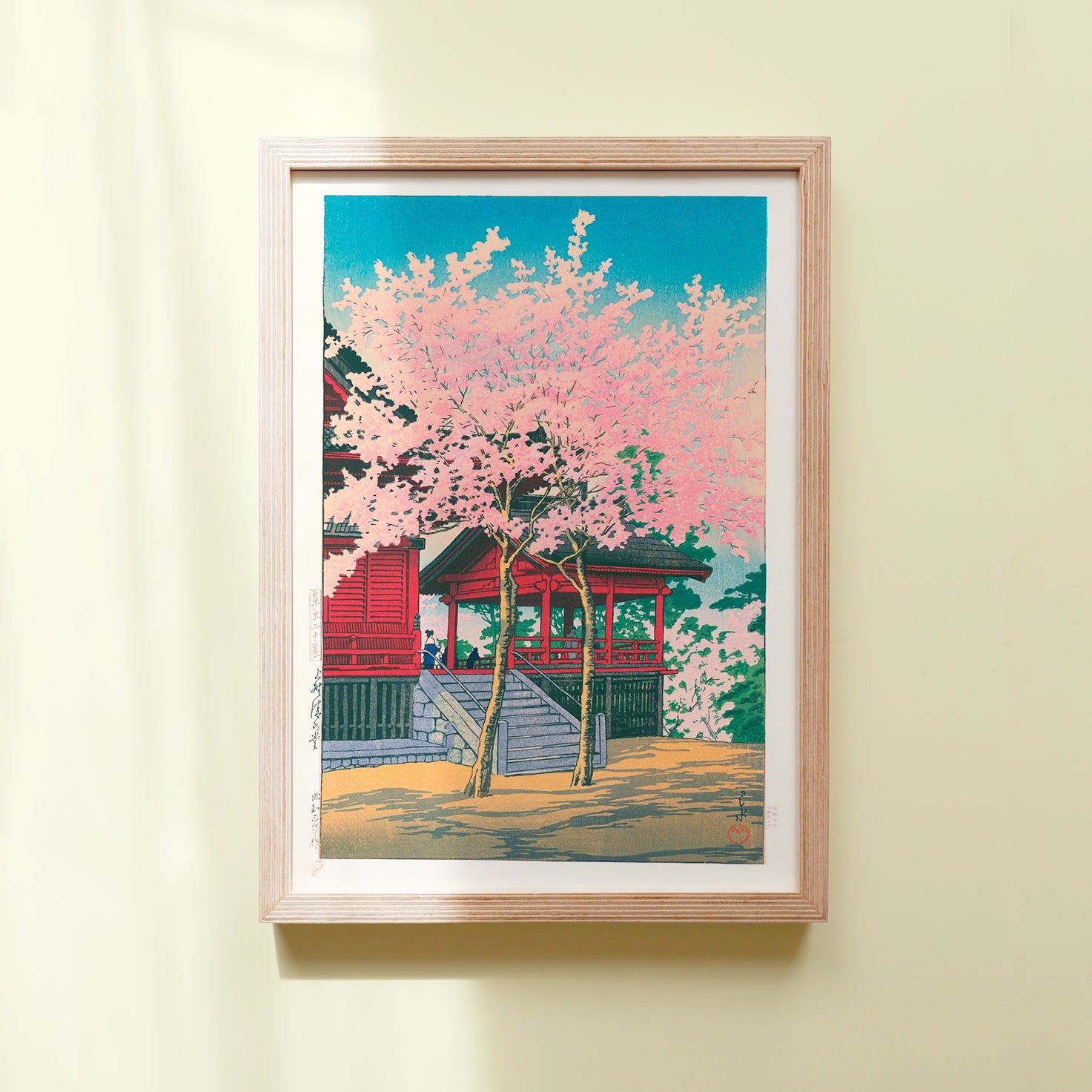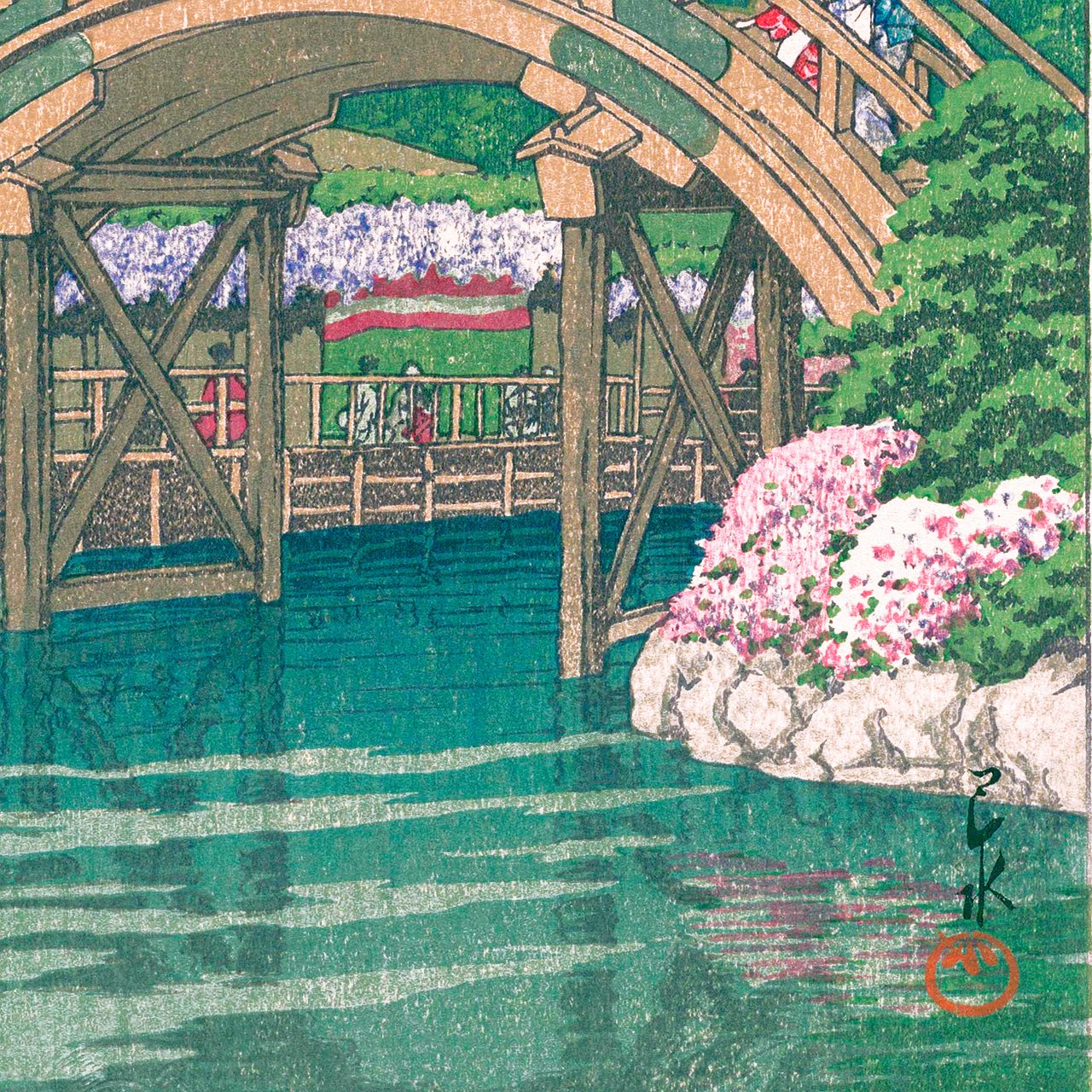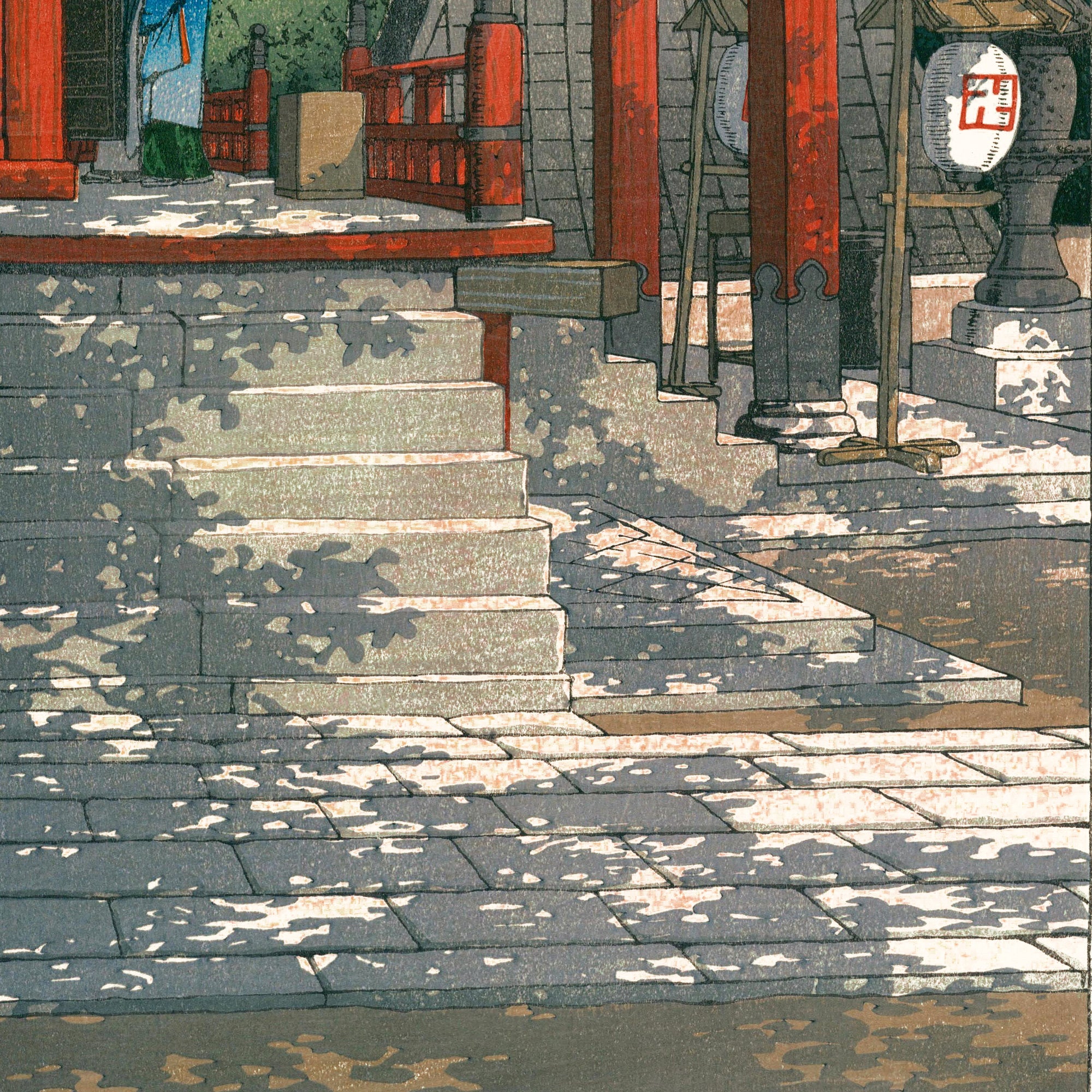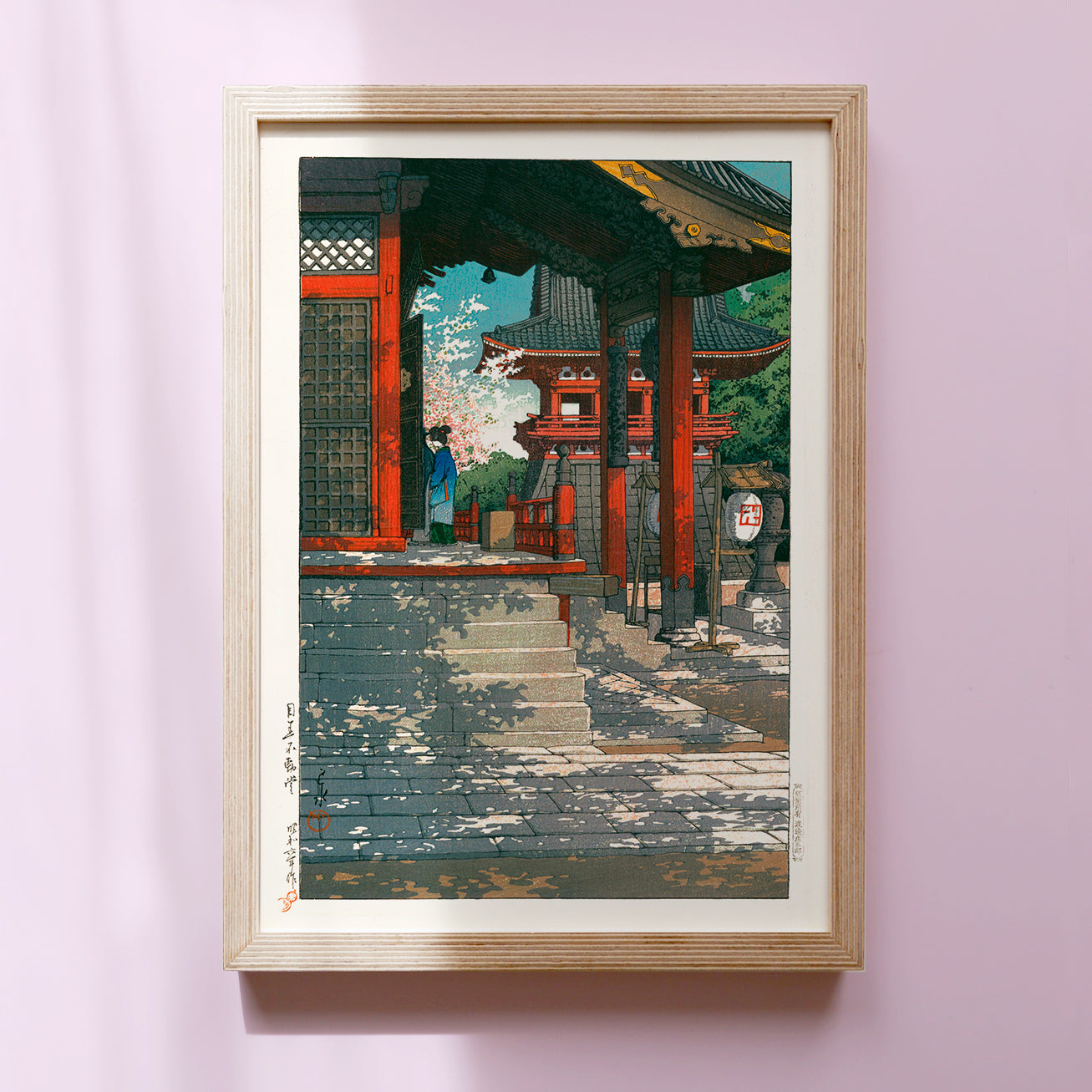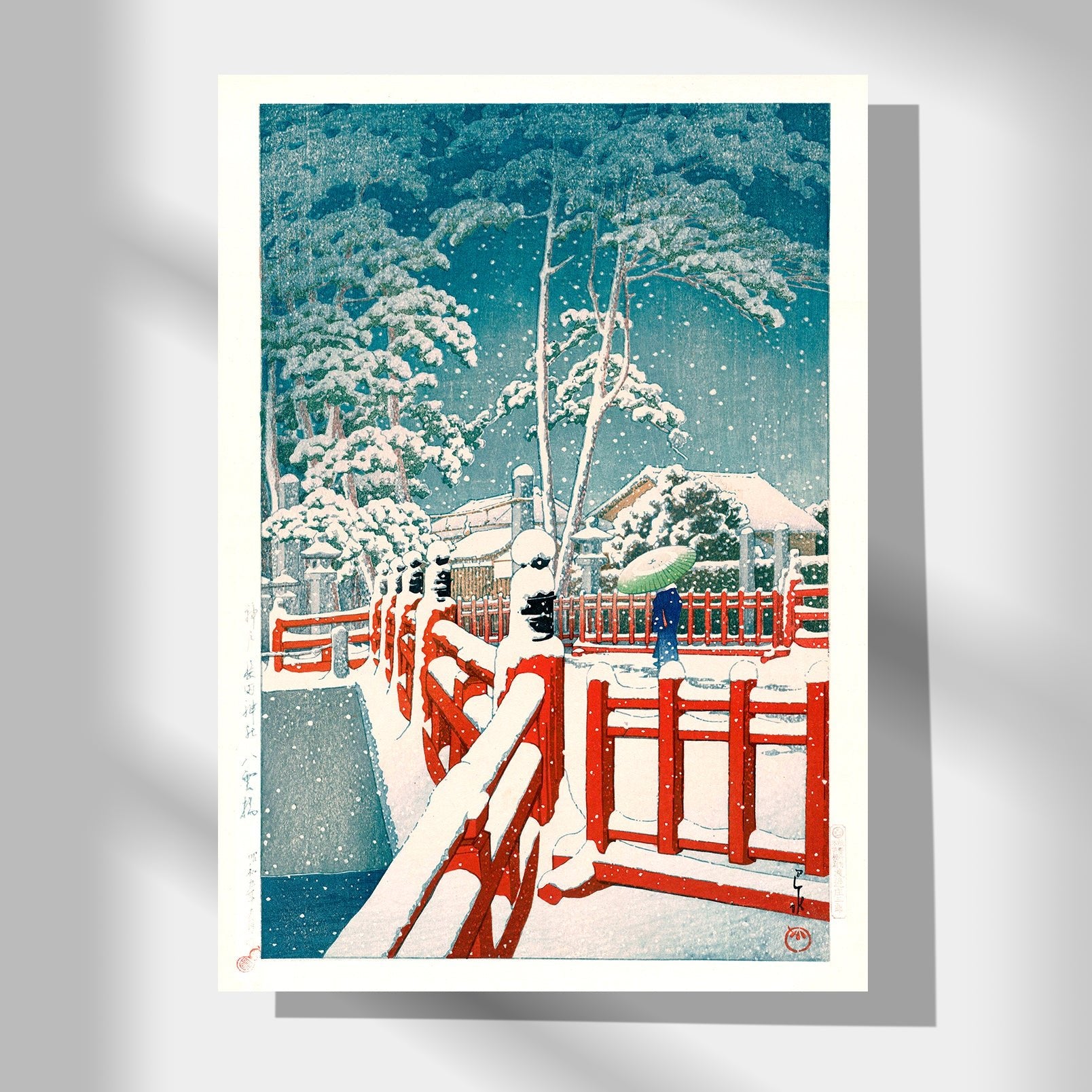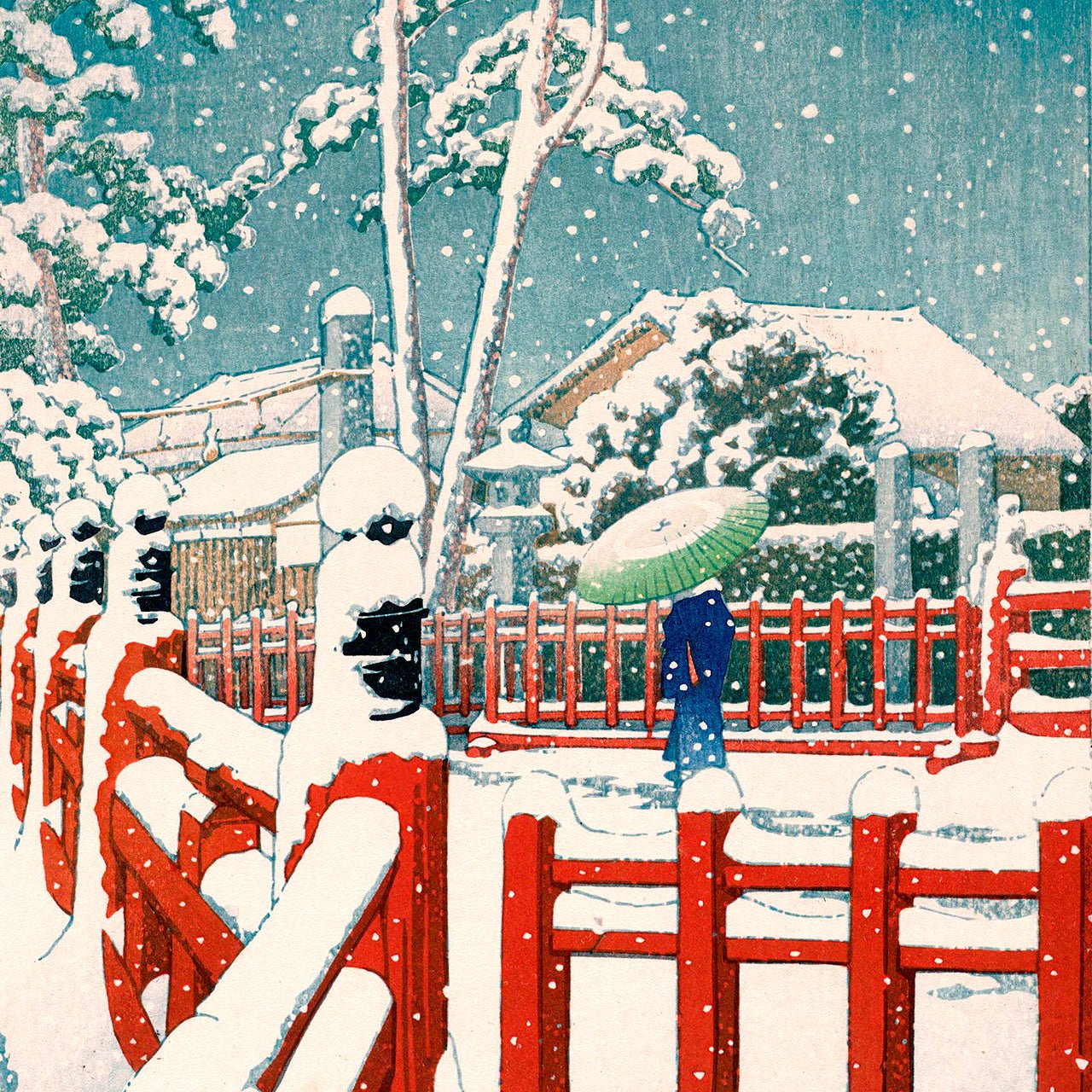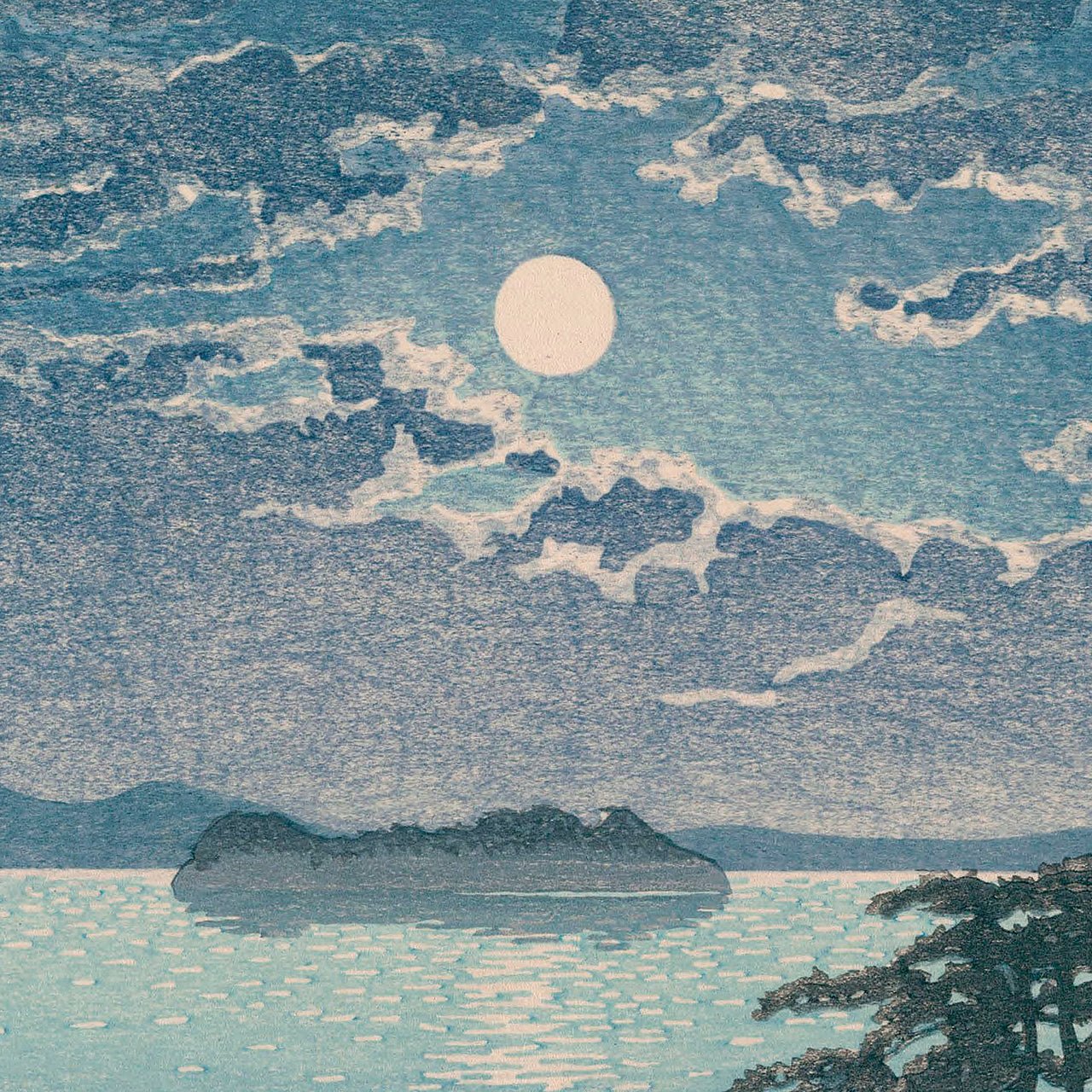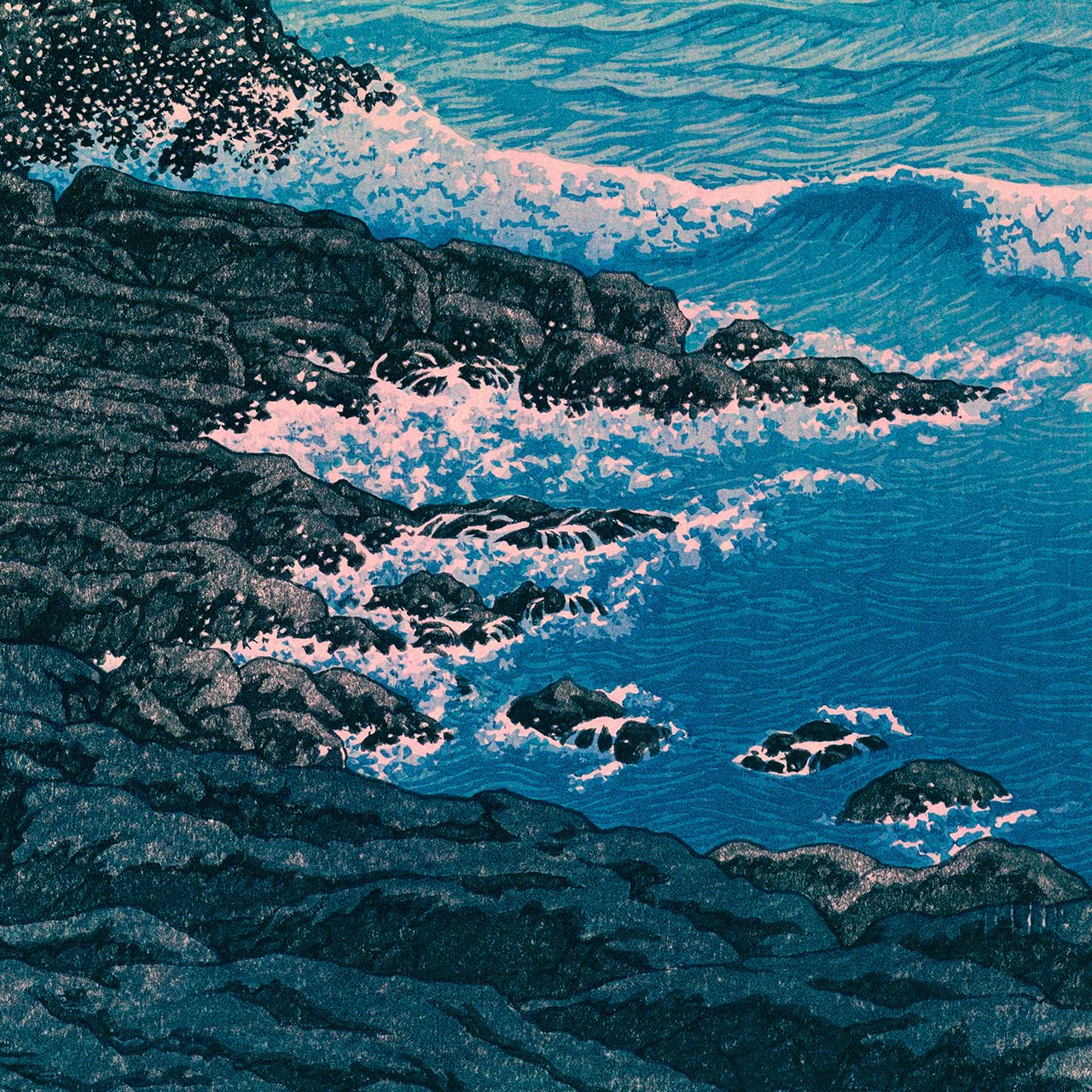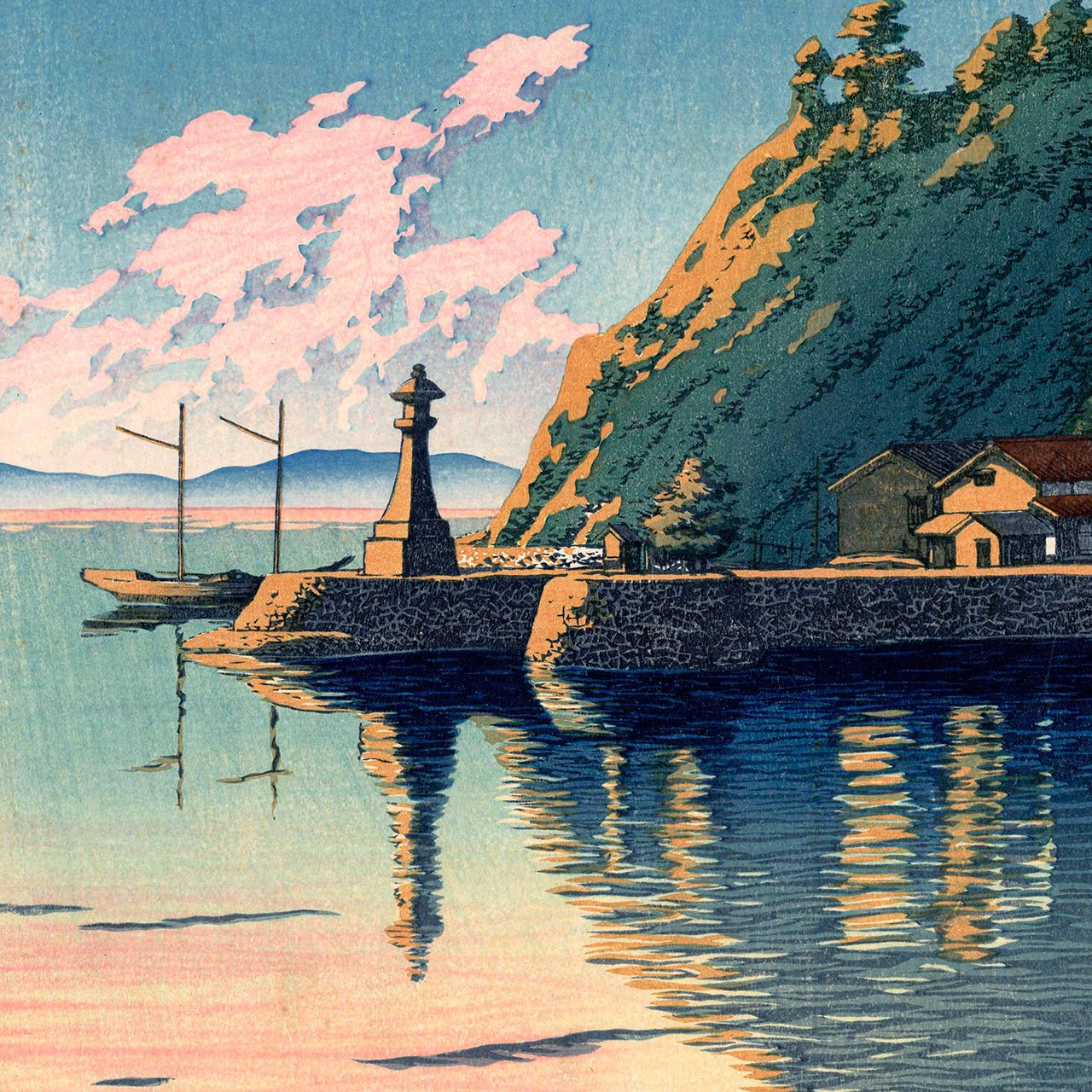Kawase Hasui
Kawase Hasui (1883 - 1957)
川瀬巴水
Kawase Hasui was a leading figure of the shin-hanga ("new prints") movement in early 20th-century Japan. Renowned for his lyrical landscapes and atmospheric scenes, he captured the beauty of everyday Japan with a sense of serenity and poetic realism. Inspired by traditional ukiyo-e and modern Western techniques, Hasui’s prints reflect a deep appreciation for nature, light, and seasonal change. Often called the "poet of travel," his works offer a timeless journey through Japan’s countryside, temples, and quiet streets.
Learn more about Kawase Hasui and his timeless art in our blog post here.



